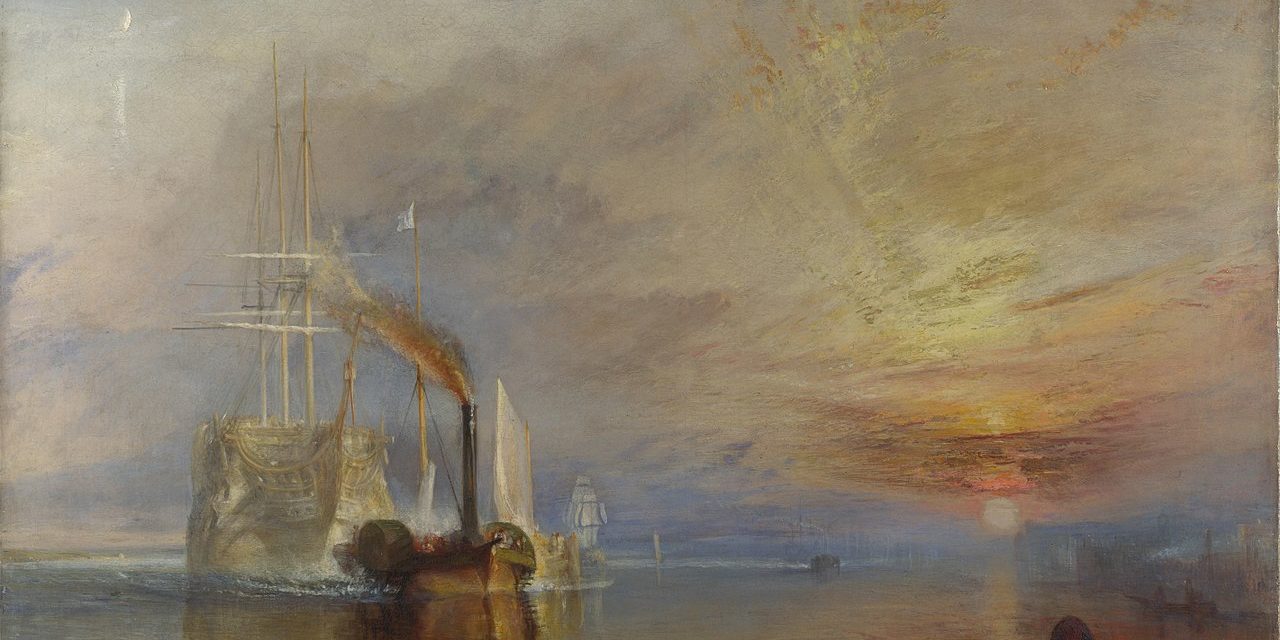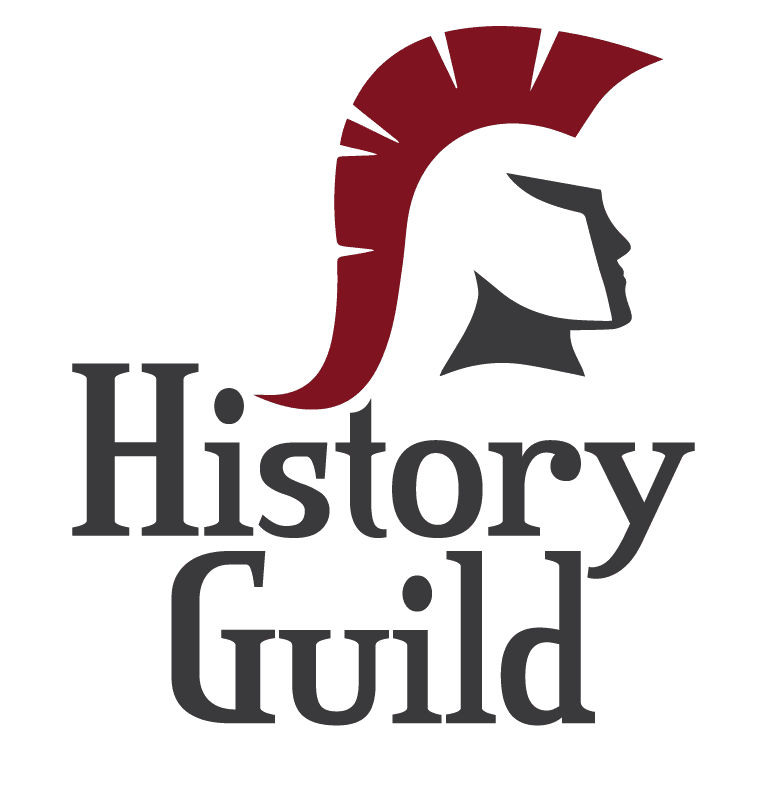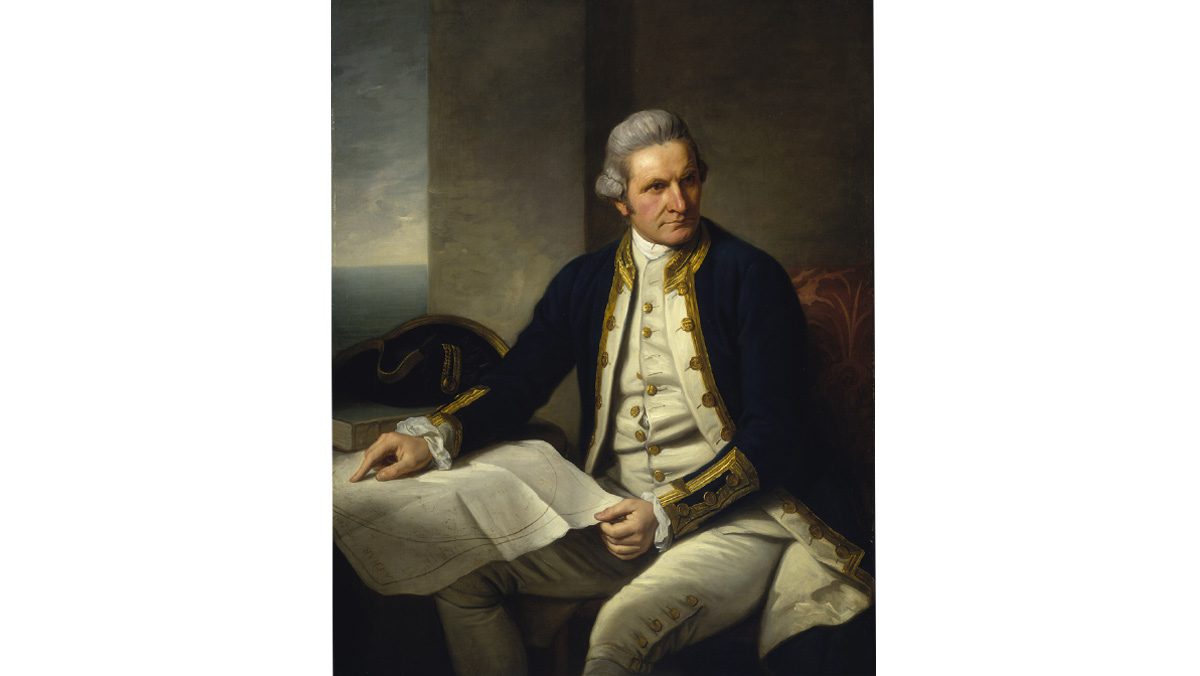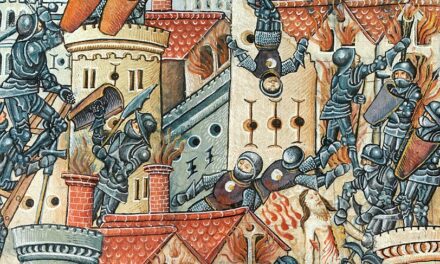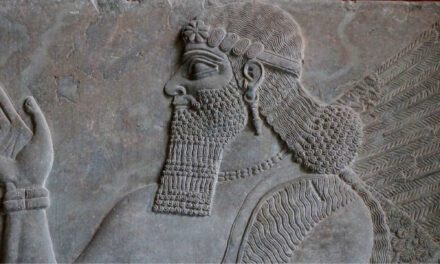History Guild General History Quiz 178
See how your history knowledge stacks up!
Want to know more about any of the questions? Scroll down to learn more!
Have an idea for a question? Suggest it here and we’ll include it in a future quiz!
The stories behind the questions
1. Who painted ‘The Fighting Temeraire’, shown below?

J. M. W. Turner – The Temeraire was a hero of the battle of Trafalgar, but with the end of the Napoleonic wars and the transition to steam power ships such as this became redundant. Turner’s painting symbolises the sun going down on this part of British Naval history. In 2005 it was voted Britain’s favourite painting.
2. When did Russia change from the Julian to the Gregorian calendar?
1918 – Orthodox Christian countries generally adopted the Gregorian calendar much later than Catholic and Protestant ones. The late change of calendar by the Russians is the reason that the Russian revolution which occurred on the 7th November, 1917 was known as the October revolution. By the calendar in use at the time in Russia it had occurred in October.
3. Where was Saint Patrick born?
Britain – Born in Roman controlled Britain around the year 385 AD, the young man later known as Patrick was given the birth name of Maewyn Succat, a moniker of Welsh origin, he was raised in a family of considerable wealth for the time. Ironically as a youth and adolescent Succat was not considered religious and could in fact even have been labelled as pagan.
Around the age of 16 however everything would be violently uprooted; Succat’s comfortable lifestyle was forever altered when a group of Irish raiders sacked his family estate. Forcibly taken prisoner, he was transported to Ireland and held in captivity. In Ireland he developed his Christian faith.
4. Where did the deadliest earthquake in US history occur?
San Francisco, 1906 – More than 3,000 people died, and over 28,000 buildings were destroyed in the earthquake and resulting fires.
5. Who was the first woman to fly solo from England to Australia?
Amy Johnson – She set many long-distance records during the 1930s, beginning with her 1930 solo flight from England to Australia. The year earlier she became the first British woman to obtain a ground aviation engineer’s licence. She served in the Air Transport Auxiliary during WW2 and disappeared during a ferry flight. Her aircraft was believed to have crashed into the Thames estuary.
6. In 1978 Georgi Markov, a Bulgarian dissident who had defected to the West, was assassinated by the poison ricin being shot from an umbrella. Where did this occur?
London – Markov was a writer who was a vocal critic of the Bulgarian communist regime and the USSR. He defected in 1969 and was living in London. He was walking on the street in London when he felt what he thought was a bee sting on the back of his calf. He succumbed to the poison four days later, the work of an unidentified Bulgarian agent.
7. Where did Calvinist Protestantism first develop?
Switzerland – Huldrych Zwingli, who founded Reformed theology, began preaching in Zürich, Switzerland, in 1519. In 1536 John Calvin published Institutes of the Christian Religion, a seminal Calvinist work, in Basel, Switzerland.
8. When was the British East India company formed?
1600 – 80 Merchants gathered to petition Queen Elizabeth I for a Royal Charter to establish a new company. This company was granted a 15 year monopoly on English trade from the Cape of Good Hope to the Strait of Magellan.
9. Where does the 1840 Treaty of Waitangi govern the relationship between the indigenous inhabitants and European colonisers?
New Zealand – First signed by Captain William Hobson as consul for the British Crown and by Māori chiefs from the North Island of New Zealand. The treaty provided that Māori will retain full chieftainship over their lands, villages and all their treasures and gives Māori people full rights and protections as British subjects. It also grants governance rights to the British Crown, as well as providing them the sole right to purchase land. There were significant differences between the Māori and English language versions of the document, which have lead to many disputes. Many Māori lost control of the land they had owned, sometimes through legitimate sale, but often by way of unfair deals, or outright confiscations.
10. When was the first Barbie doll made?
1959 – Created by Ruth Handler, co-founder of toy maker Mattel, Barbie was one of the first dolls of an adult, most previous dolls represented babies or children. Barbie has grown to become one of the most successful toys in history.

